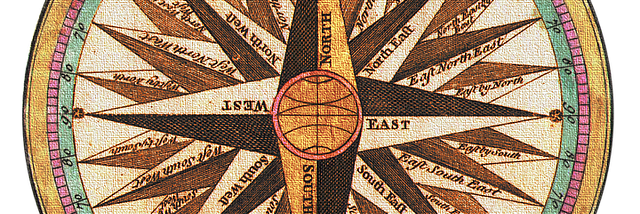Early Tibetan Buddhist art was used to depict the life of Gautama Buddha in the Indian subcontinent in the sixth and fifth centuries BCE. Throughout Asia, Buddhism spread widely and with it its influence over Tibetan art and culture in Asia. The first traditions of Tibetan Buddhist art followed the practices of aniconic artwork, meaning that the use of Buddhist symbols and emblems to represent the Buddha and his travels and teachings without actually using a human form to represent the Buddha himself. This was the typical way that Tibetan Buddhist art was made until the first century CE, when the Buddha was finally represented in human appearance, which is still followed to this day. In every new country or region in Asia, where Buddhism went, Buddhist art followed its worshipers and artists as the faith developed in many different ways.
Tibetan Buddhist art is considered sacred and religious in nature, or was always thought of as religious in Asiatic cultures throughout the continent and in ancient Himalayan kingdoms such as Ladakh, Bhutan, and Nepal.
The Tibetan Buddhist art that was created previous to the middle of the twentieth century was steeped in traditional techniques and devoted to the vision of sacred iconography. Not only are the works of these early Tibetan Buddhist artists festooned with the central topics of philosophy and spirituality, they were also dedicated in showing the energy of the aesthetics that Tibetan Buddhist art was known for as it came into eminence during the growth of the various schools of Buddhism all over Asia and the regions it influenced with its presence over the years.
The main influence of Buddhism in the fourth century was the Mahayana influence, which was known for its emphasis on the denial of Nirvana in order to better help others in need. Chenrezig is the chief deity depicted in the Tibetan Buddhist art of this time period of Mahayana influence. He is most often as a god with a thousand arms and in each hand is an eye. It wasn’t to uncommon to also find depictions of incense within such artwork.
Another great influence in Tibetan Buddhist art is the Tantric influence, its main symbol being the diamond thunderbolt. Tantric influence art is most often depicted as having many gods with angry faces that actually represent guardians of those who are dedicated to the practice and teaching of Tantric Buddhism and the purging of negative thoughts.
In the Himalayas, a shamanistic tradition known as Bon is considered another great influence of Buddhism and Buddhist art. In this shamanistic practice, many local deities are depicted in Buddhist temples as being with the Buddha as their conqueror and are considered to serve him by keeping mischief and evil away from the people.
A great variety of techniques are used in Buddhist meditation in order to achieve mindfulness, concentration and the promotion of well being. Ancient texts were set down by priests and other practitioners of Buddhism to preserve the core techniques that are passed between teachers and pupils.
Tibetan Buddhist art also greatly influenced Hindu art, but in the tenth century, Buddhism was all but gone from the Indian subcontinent by the rise of popularity in Islam along with Hinduism.
